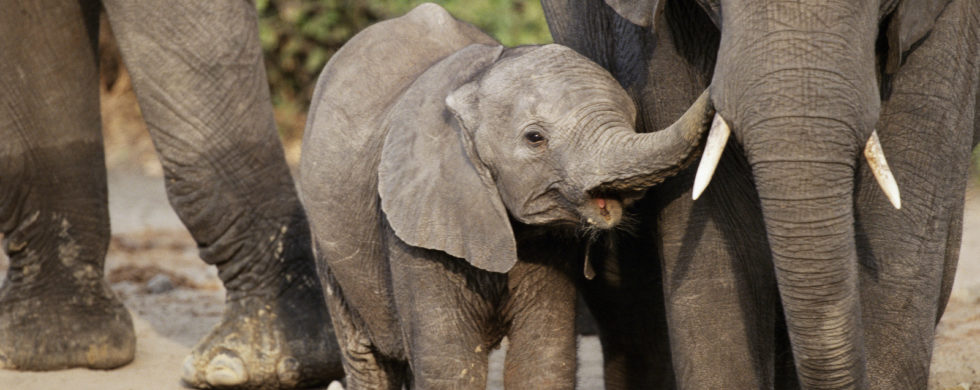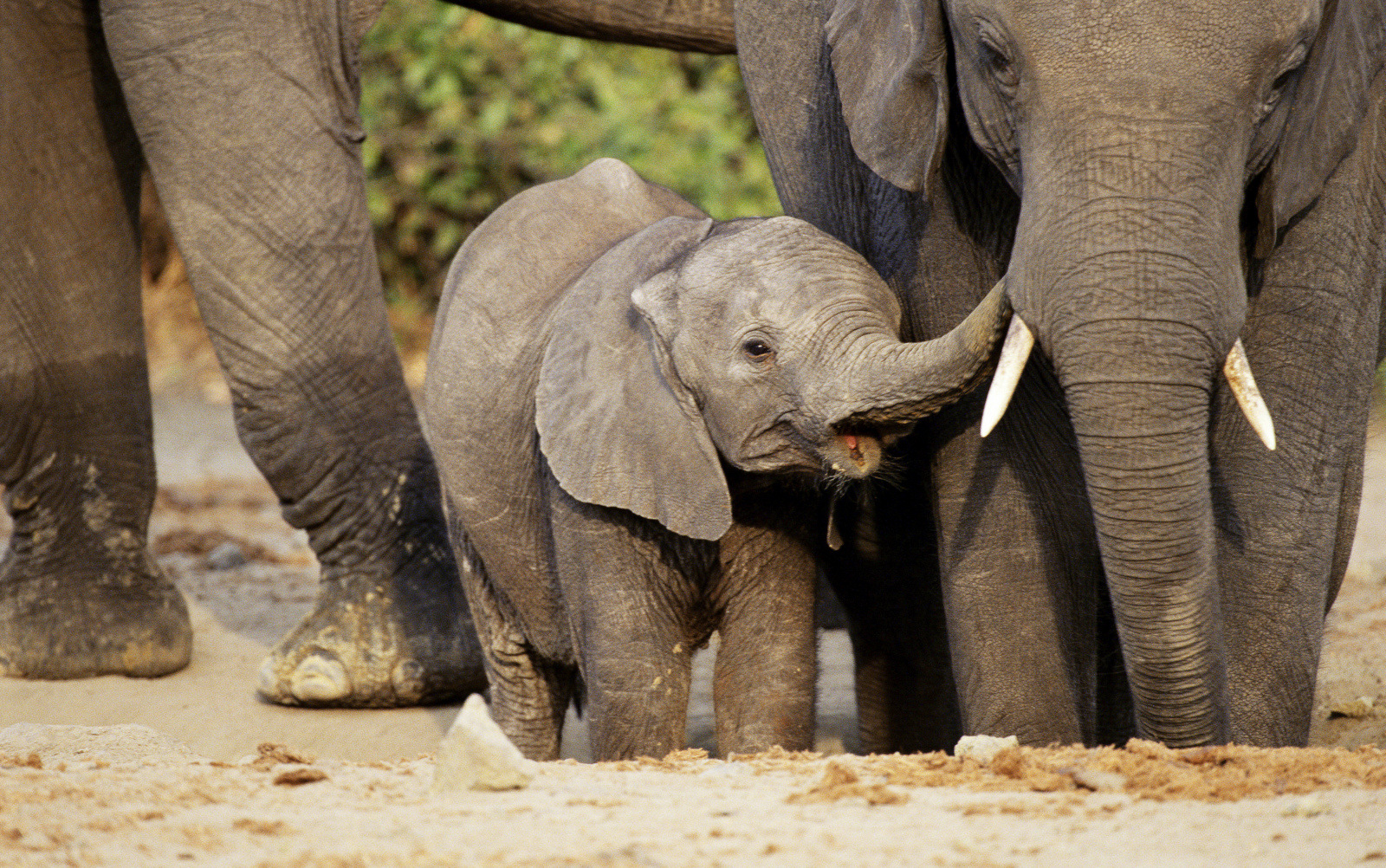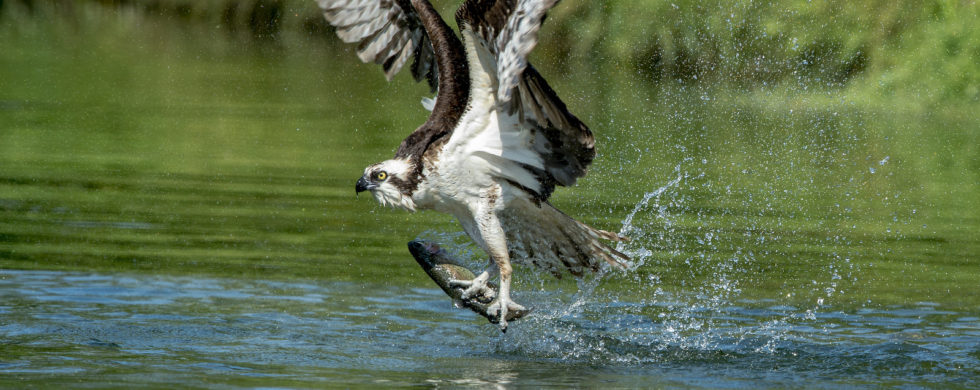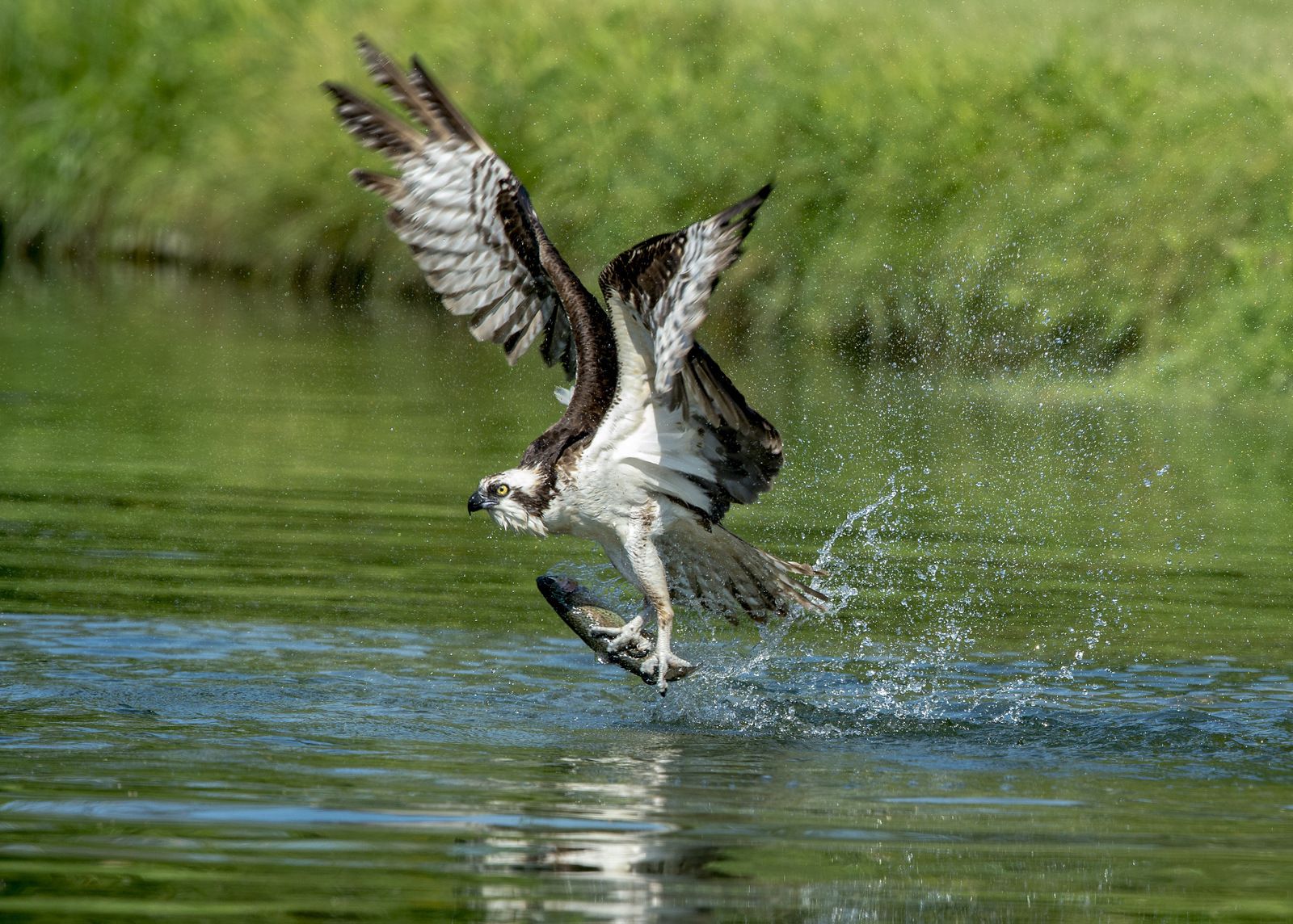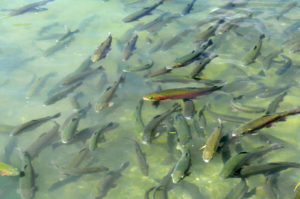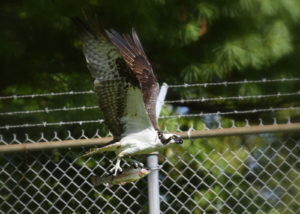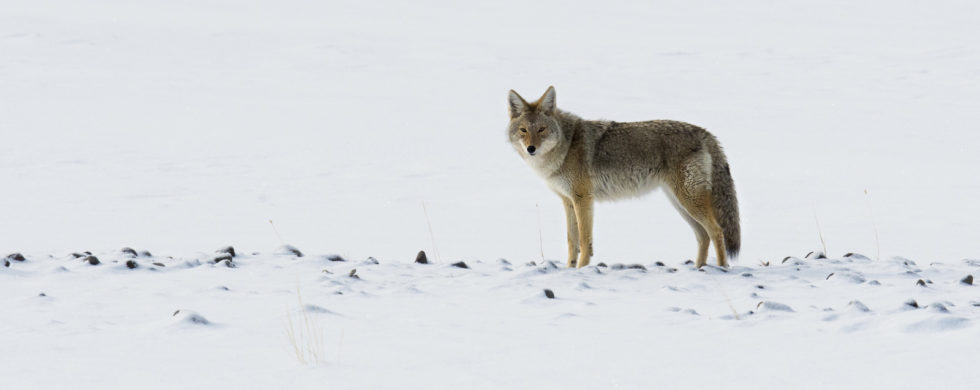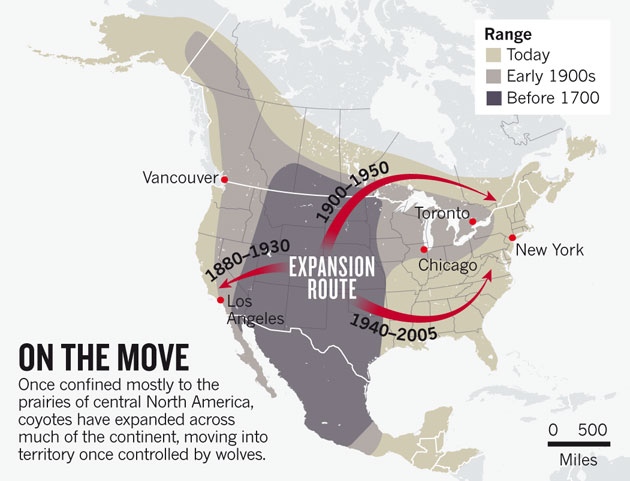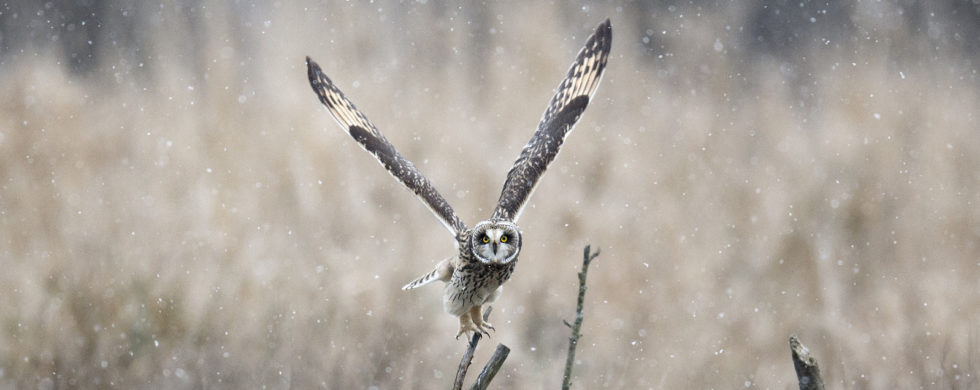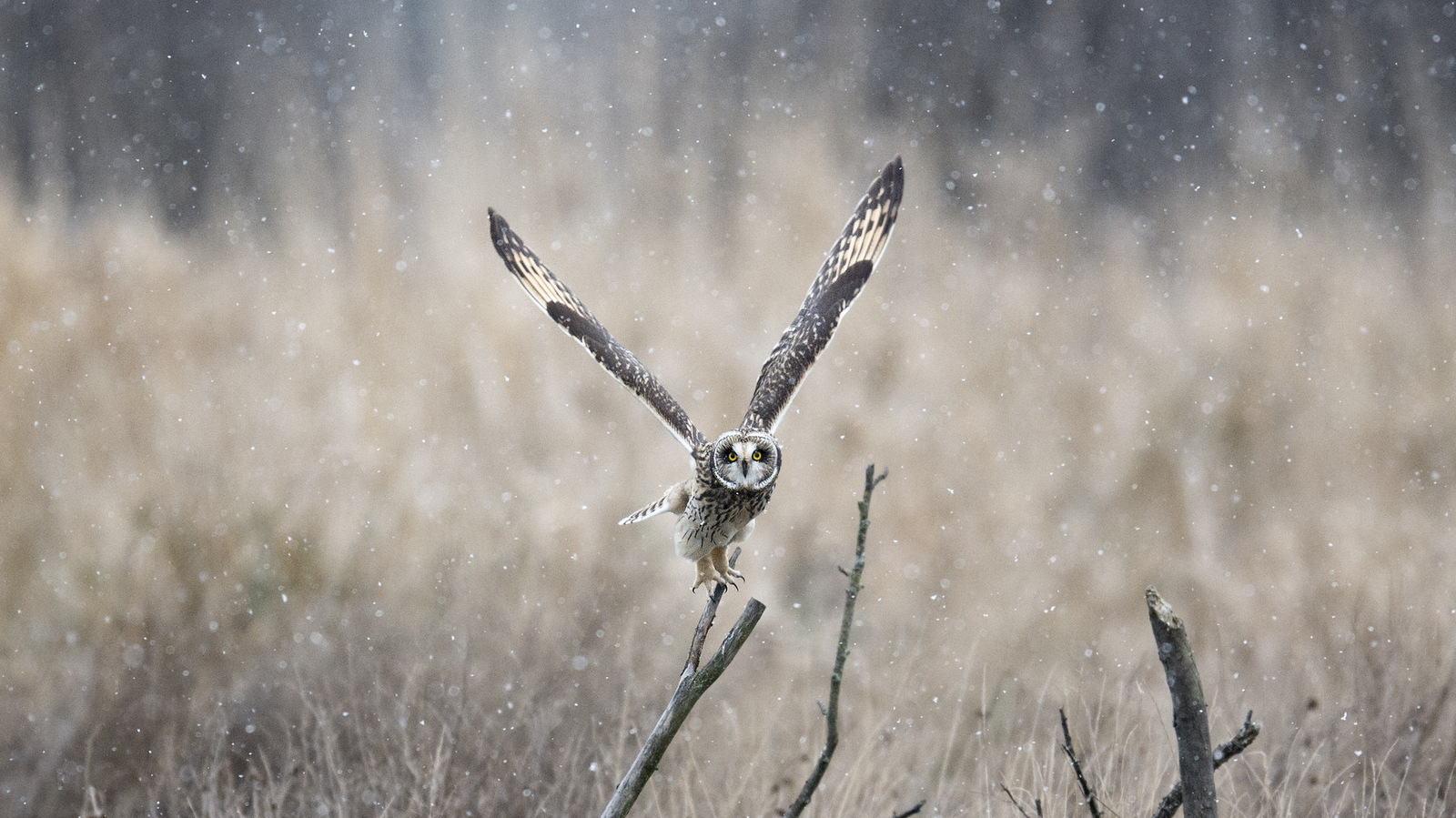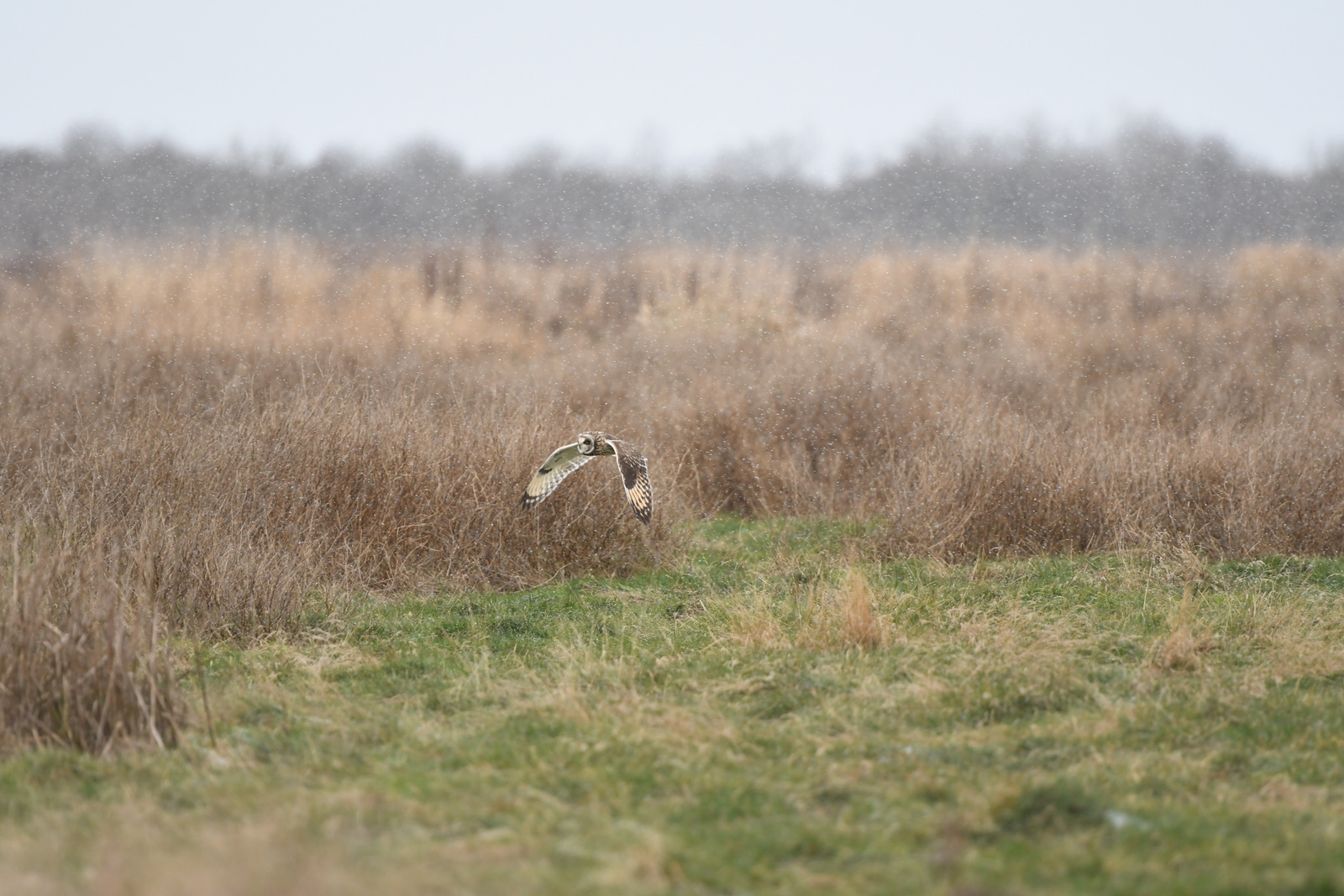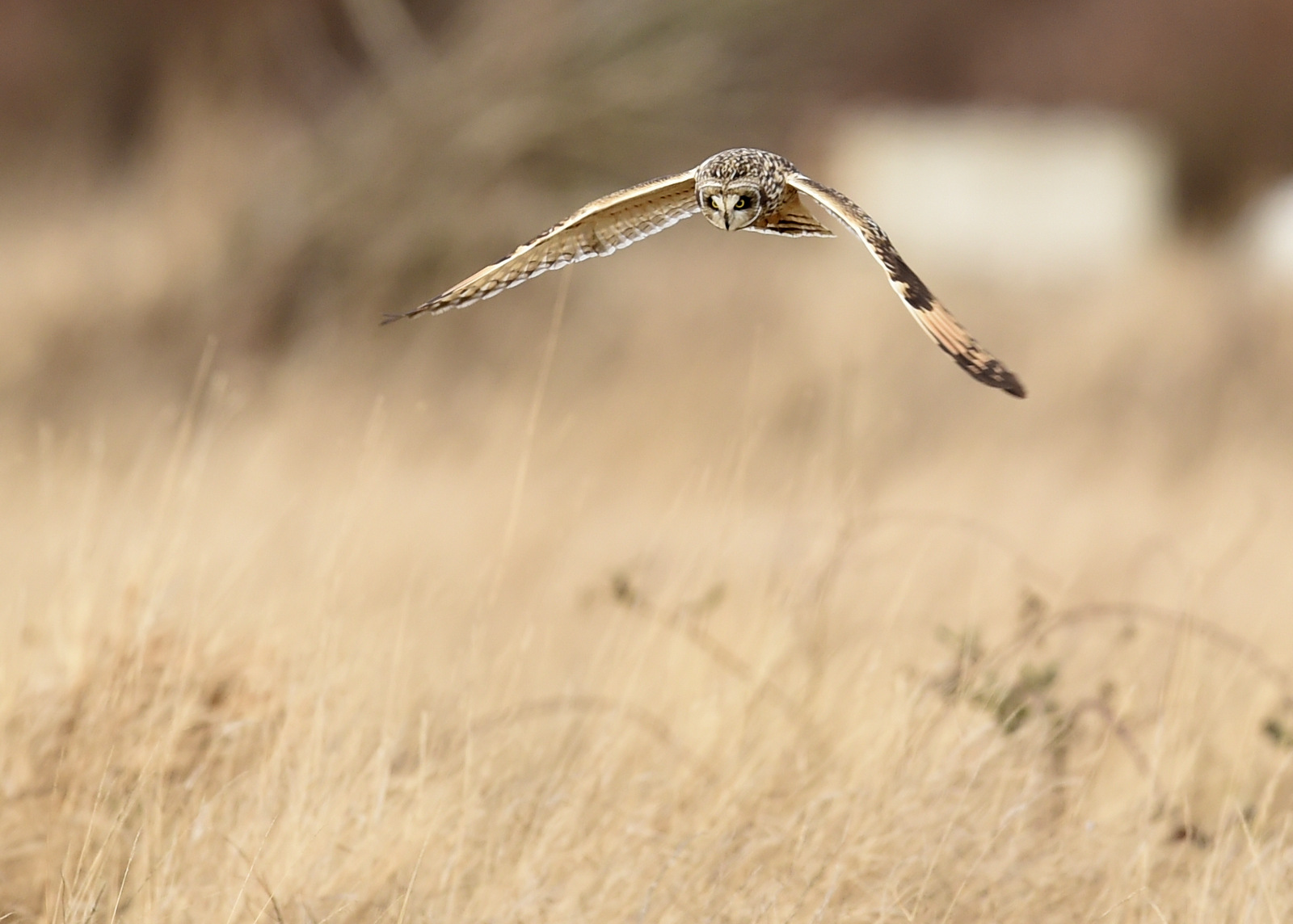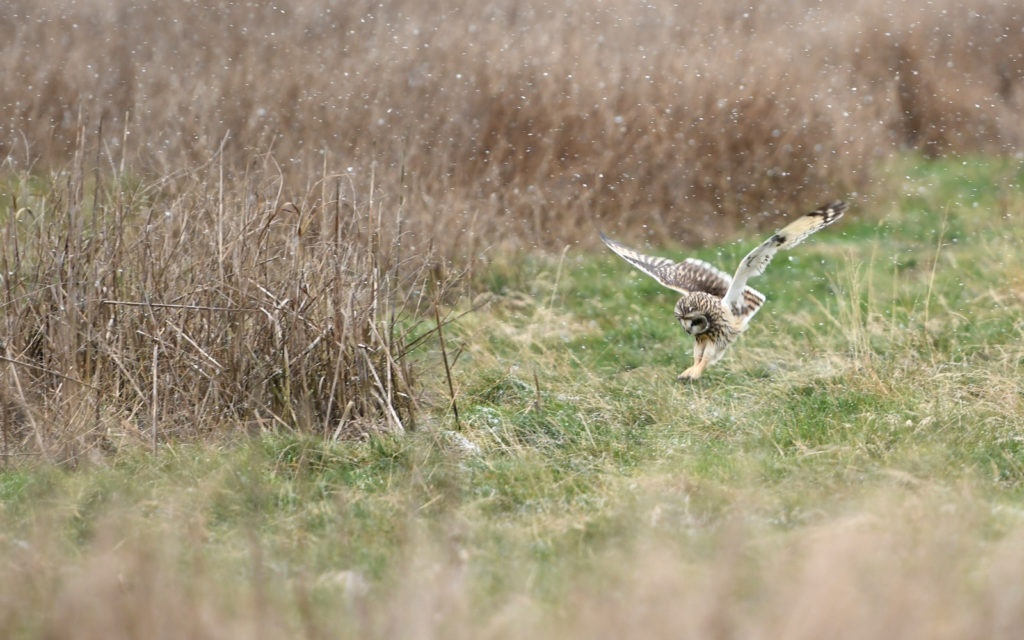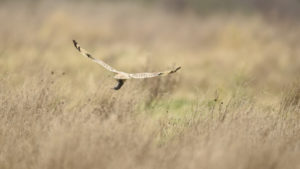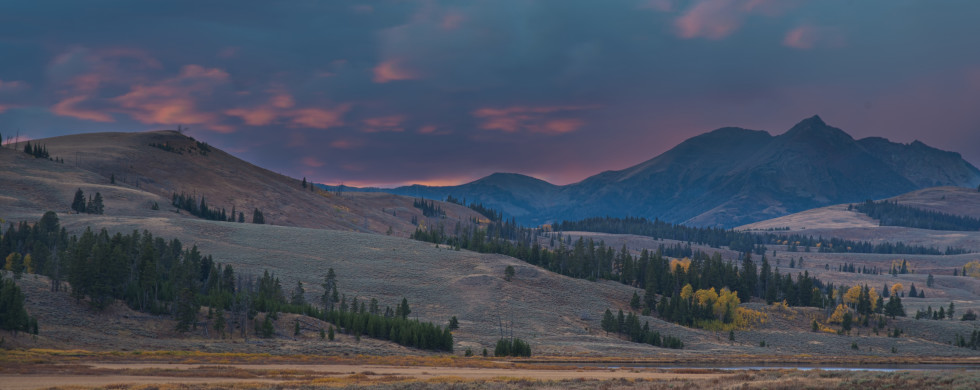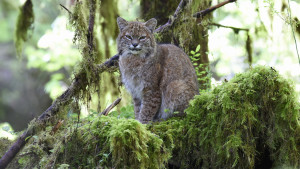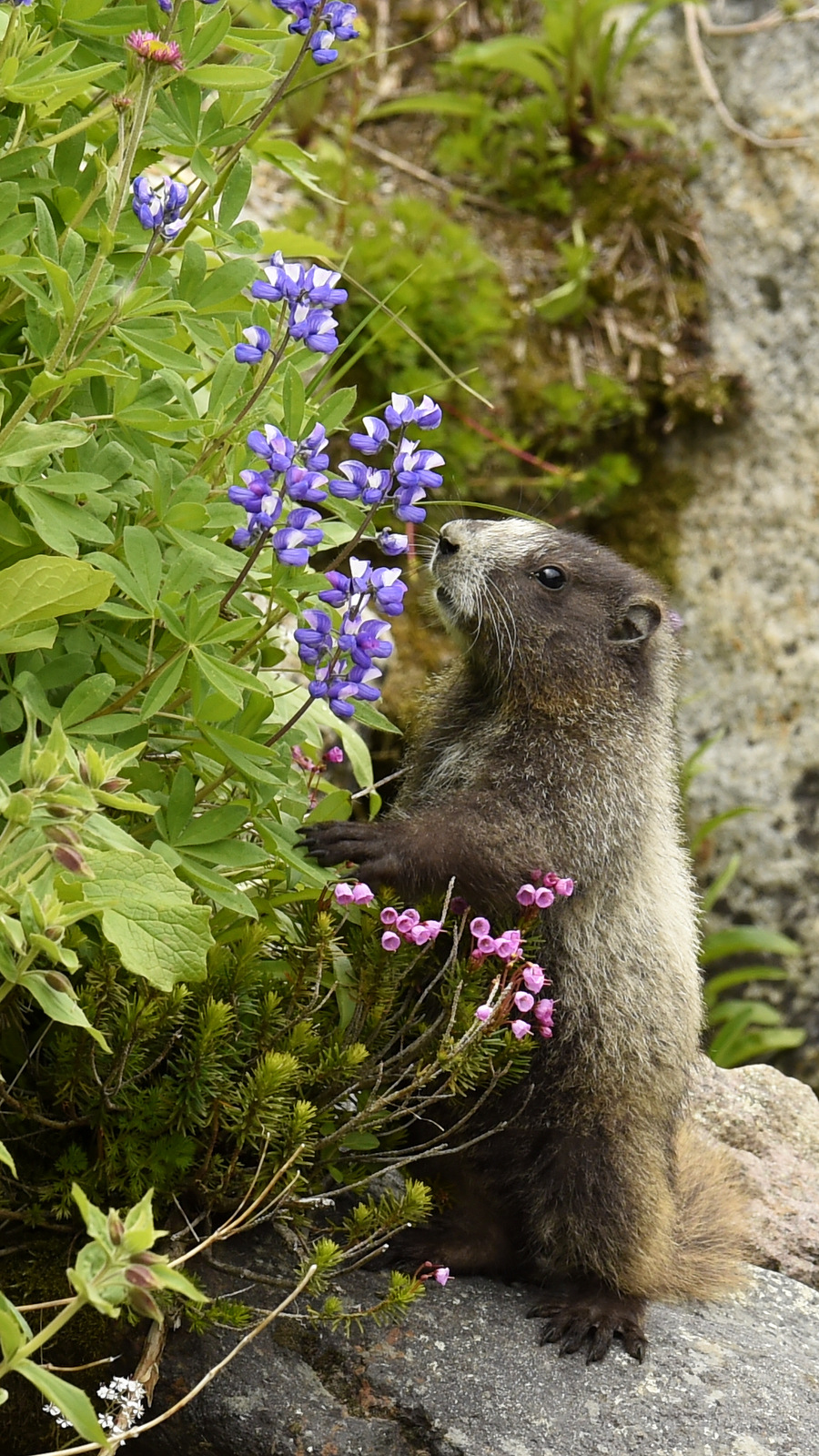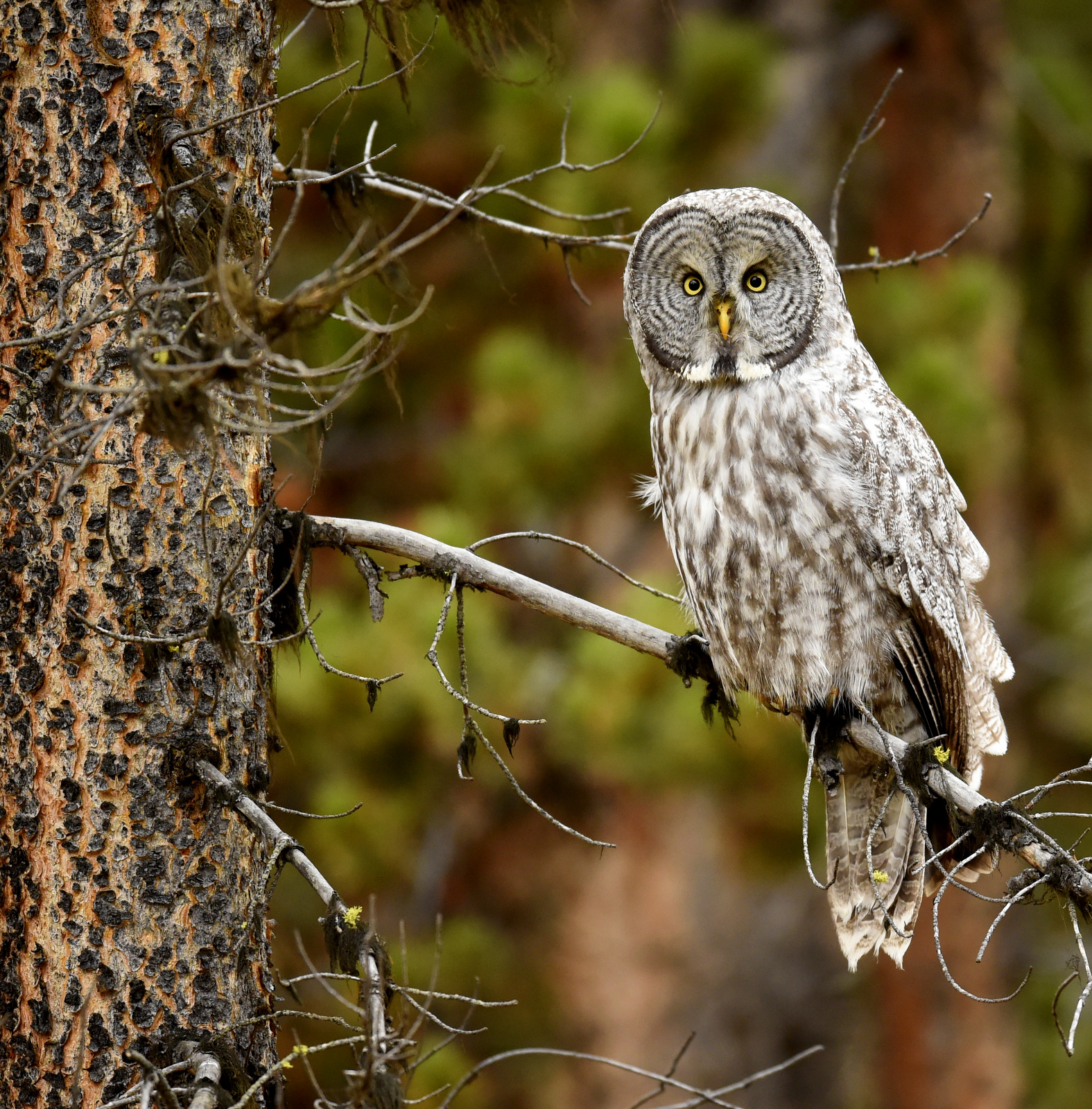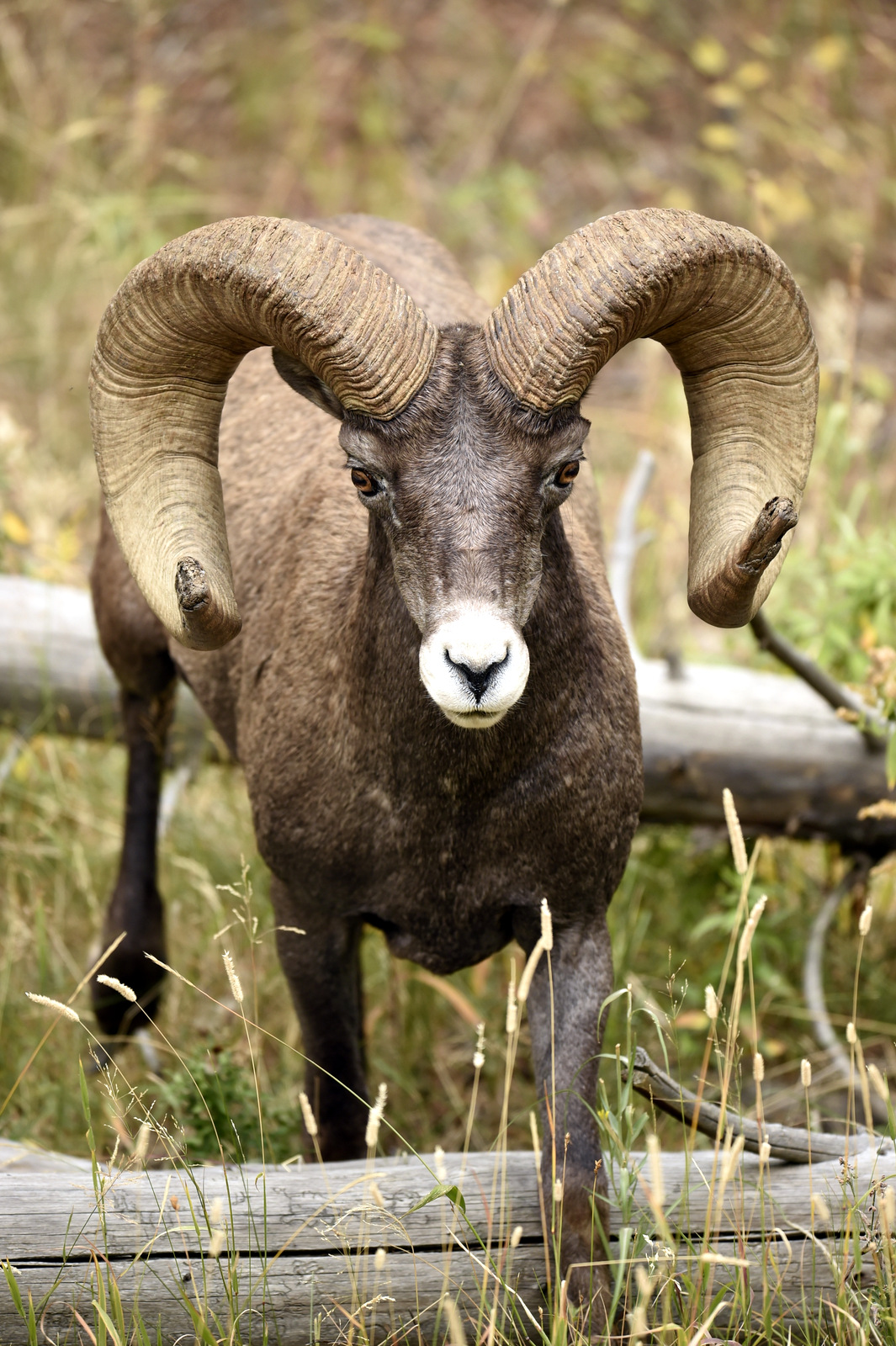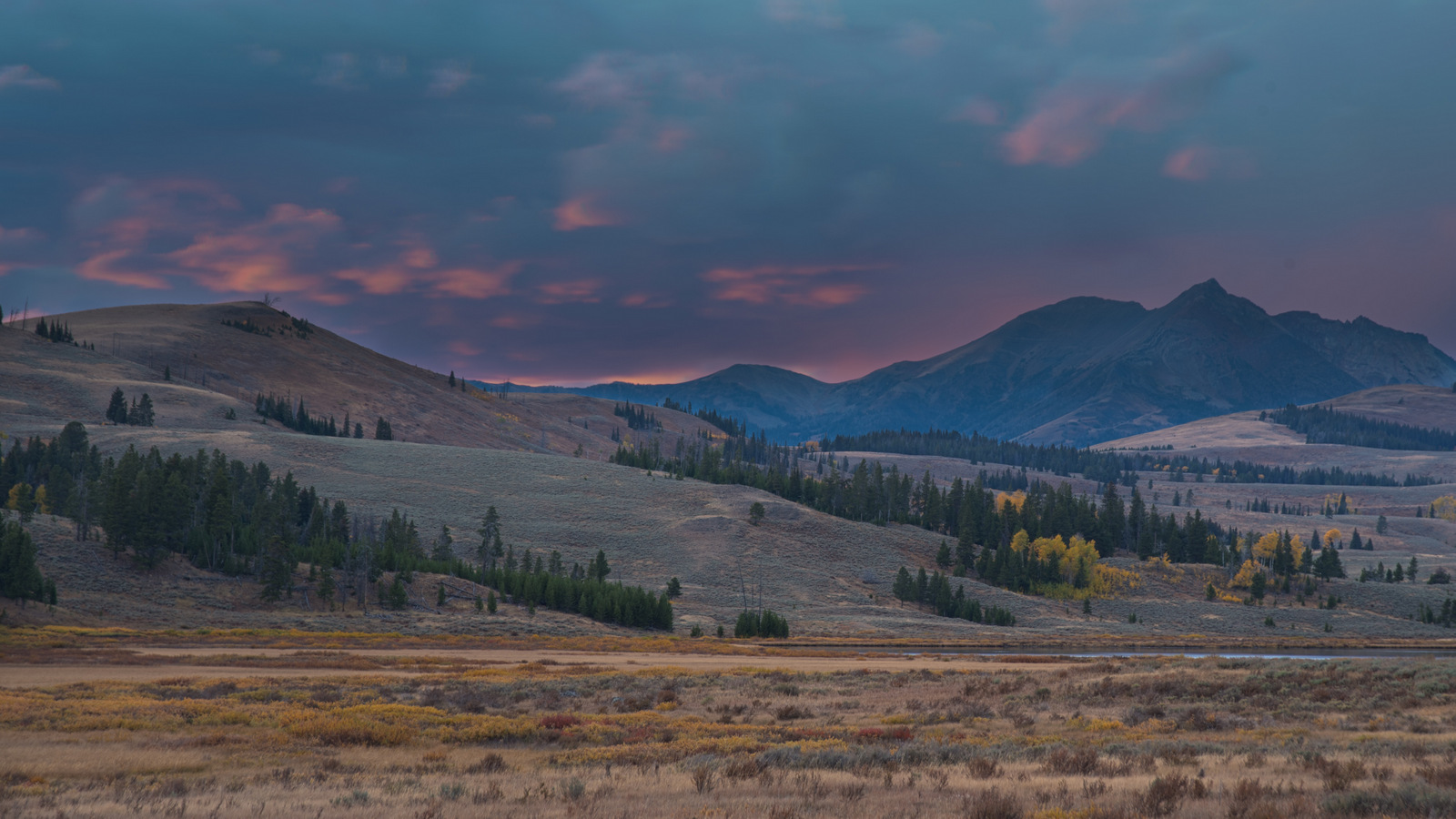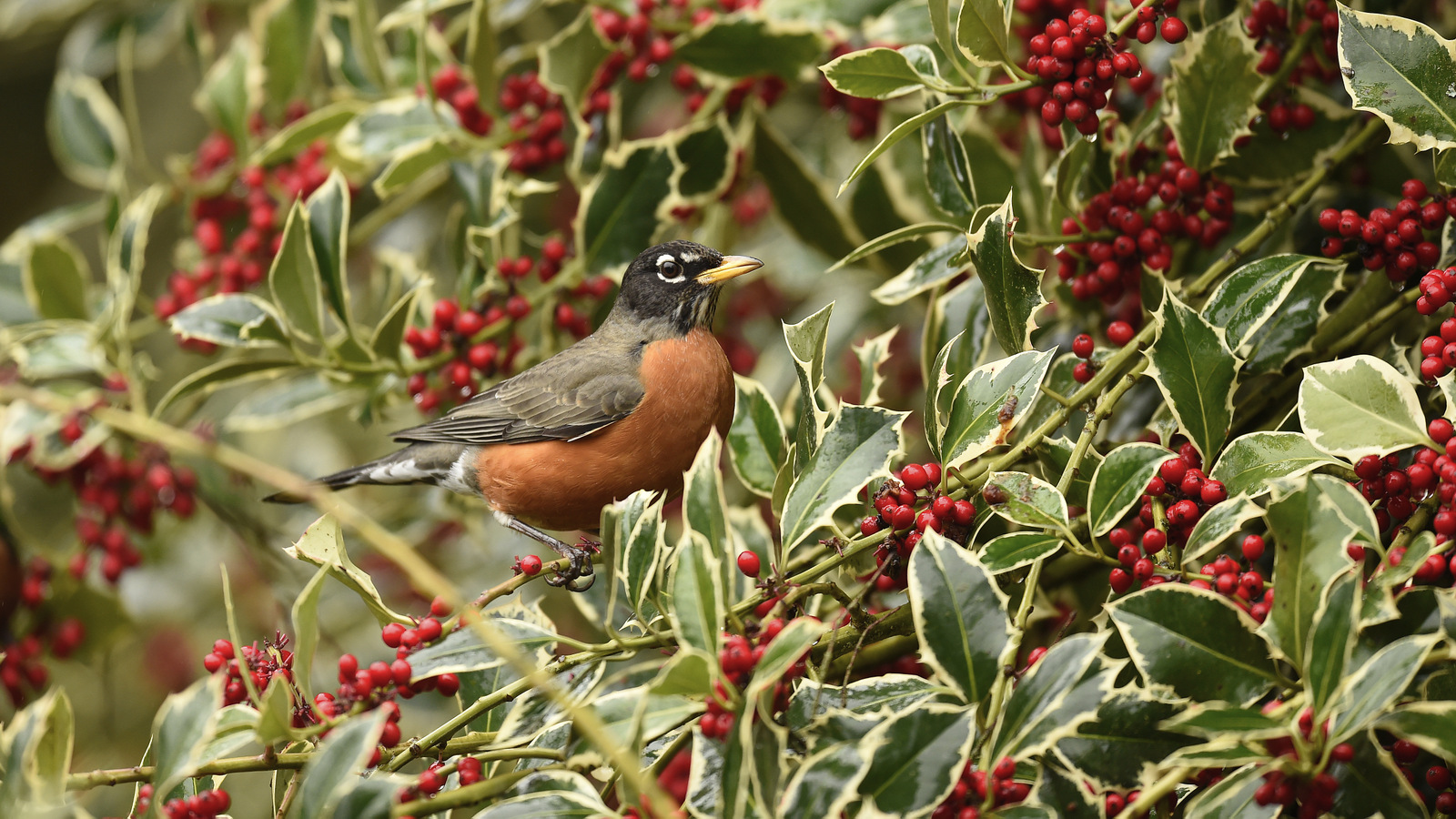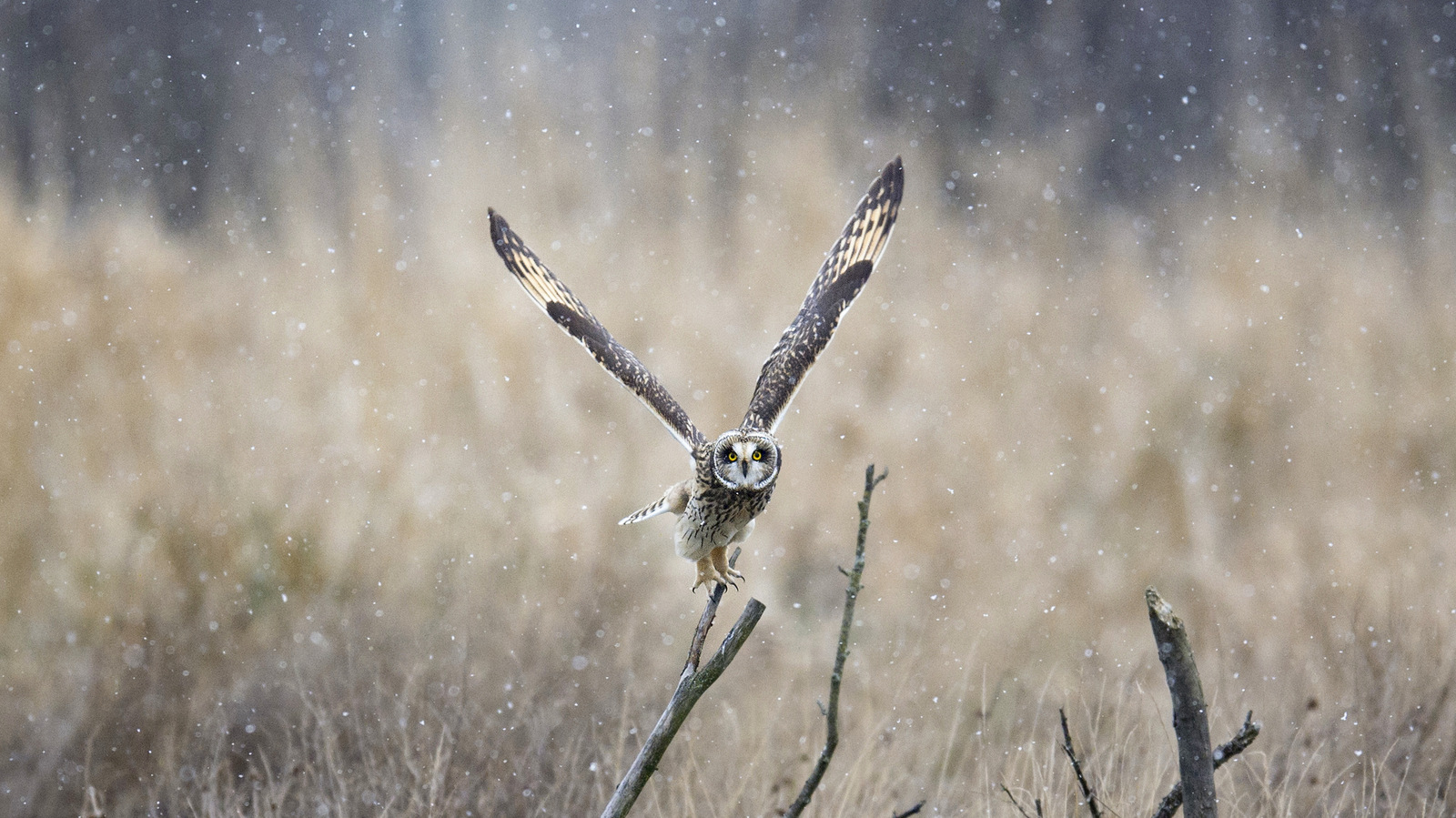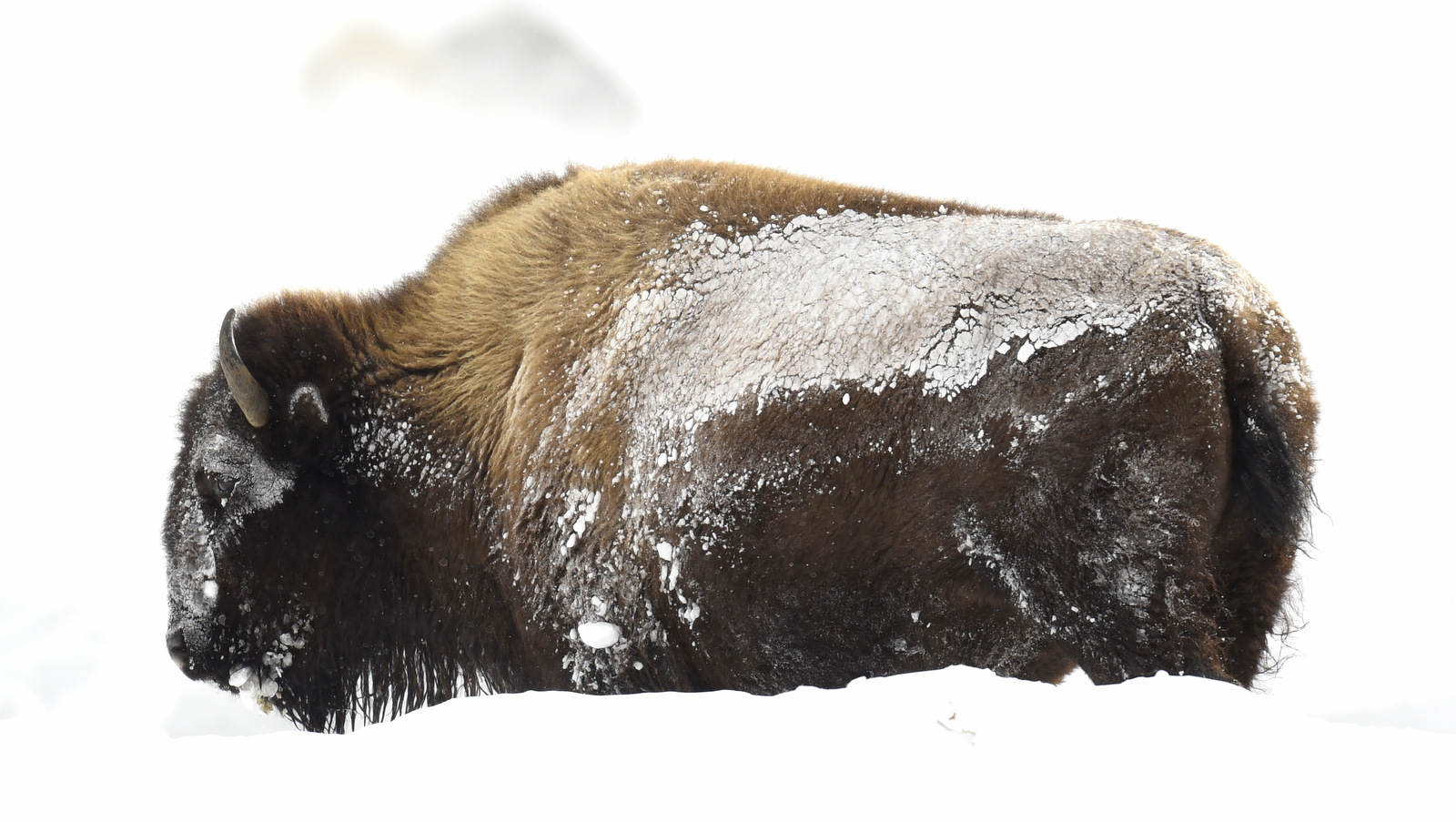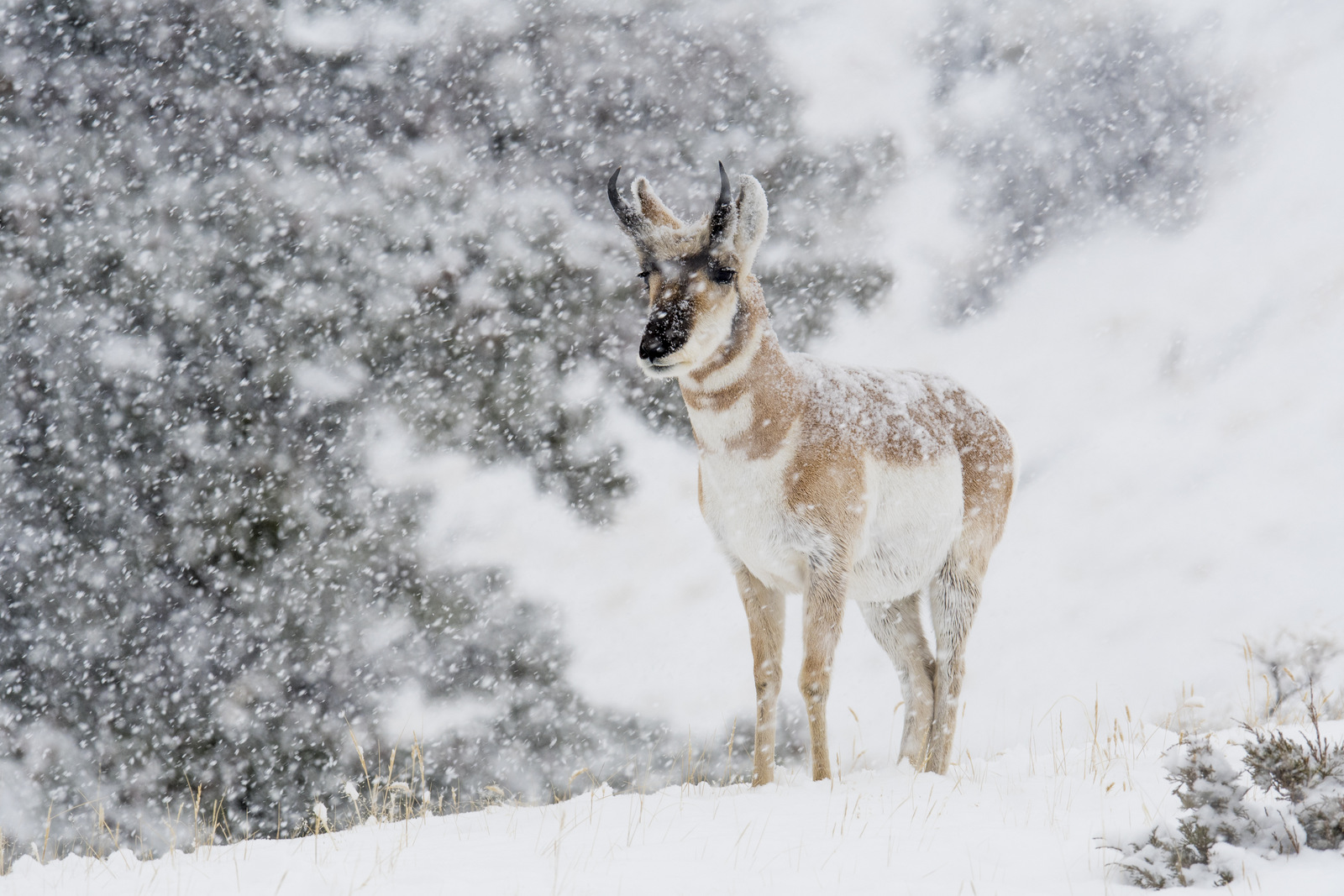Shot of the Month – February 2017
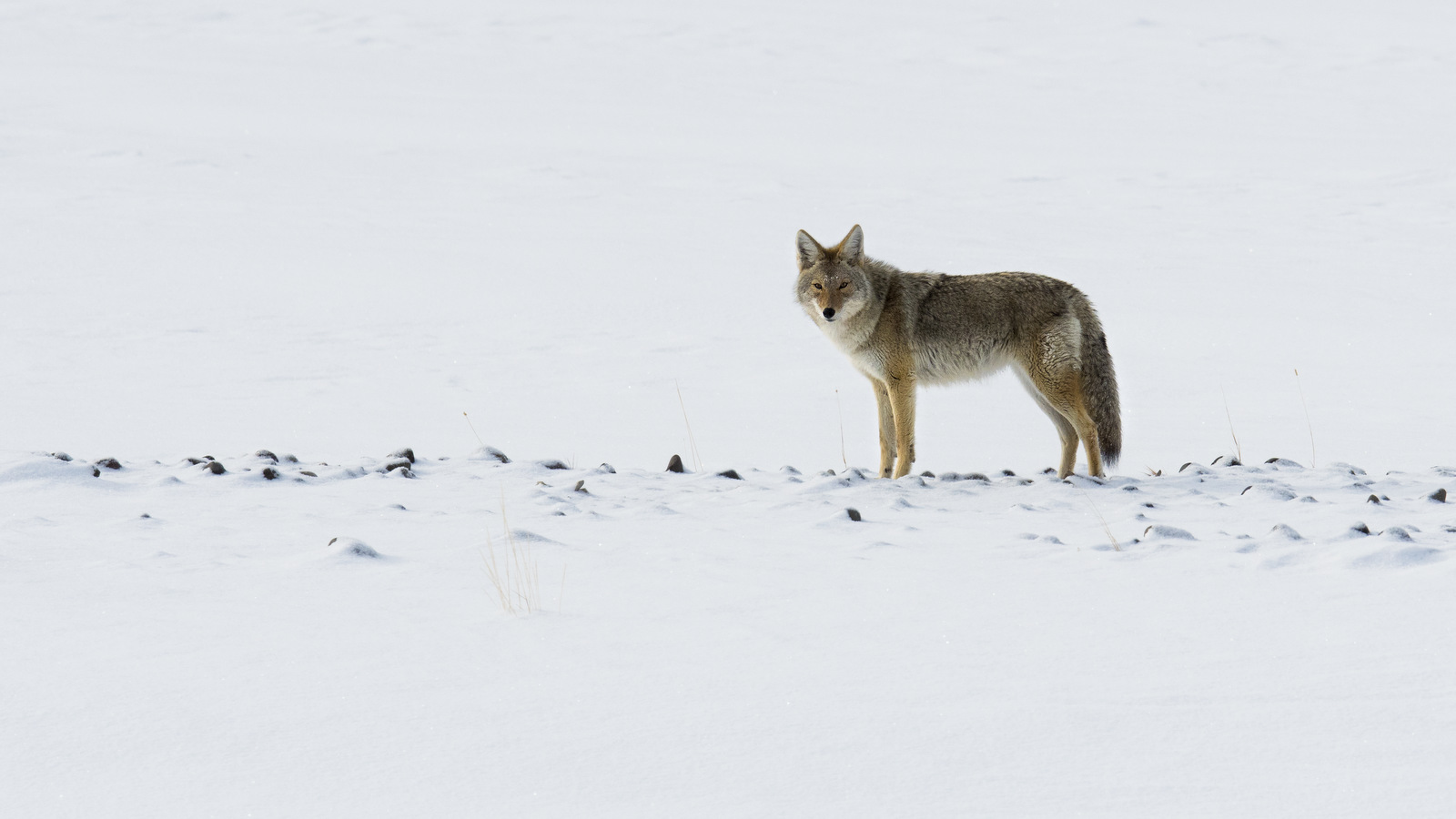
This month we visit with the natural world’s “Unbreakable” star – the coyote. I photographed this fine-looking fellow in Yellowstone NP. For the uninitiated, the film “Unbreakable” is an American film about a man who learns that he has supernatural powers and basically, he can’t be killed. The Coyote, at least as a species, seems to have similar powers. (I recommend the film, if you haven’t seen it)
In the last two hundred years we have done a wonderful job of wiping out many of the continent’s top mammals. Fifty million bison were reduced to about twelve thousand. The grey wolf used to inhabit the entire United States but is now largely extinct from most of the country. The North American cougar was extirpated in the eastern half of the country by the beginning of the 20th century.
And we have been working overtime to kill off the coyote. We kill a coyote every minute in the United States. I’ll repeat that morsel, in case you blinked.
We kill a coyote every minute in the United States. In other words, we kill about 500,000 coyotes each year.
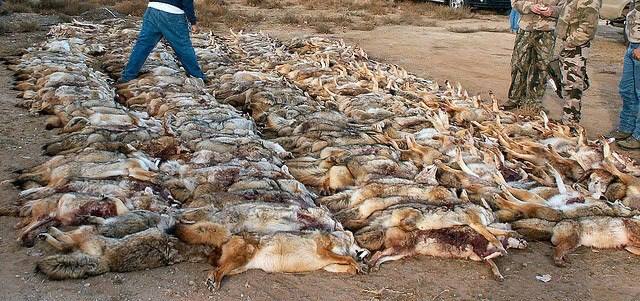
Coyote Killing Contest (Source)
We are very determined to wipe this animal out. In the 1920s the US government created the Eradication Methods Laboratory whose sole job was to kill predators that we didn’t like. Congress passed a bill in 1931 allocating $10 million to the lab to launch a poison campaign. From 1947 to 1965 the agency killed about 7 million coyotes using blanket poisoning, sometimes putting out up to 4 million poison baits at a time. Since the 1970s this job was handed over to the Wildlife Services Agency, which is part of the Department of Interior. Since 2000 the agency has killed 2 million mammals (coyotes, wolves, and cougars) and 15 million birds. More recently the government uses airplanes to shoot about 80,000 coyotes per year on behalf of the livestock industry. Many states have a bounty on coyotes and you can pretty much kill coyotes at will in many places. In some states, they have contests to see who can kill the most coyotes in one day.
Normally, this is the part where I tell you how dire the situation is for the coyote. How they are highly endangered and near extinction. Not this time, my friends. As I mentioned, the coyote is unbreakable.
In fact, the coyote is THRIVING. Never been better, thanks for asking!
How is that possible??!!
The coyote’s superpower is adaptability. They are masters of exploiting the changes in the environment caused by humans. When the settlers arrived coyotes only lived on the western plains but once we killed off the wolves everywhere else the coyotes began to migrate into new territories and they now occupy most of the continent.
Coyotes historically were smaller than wolves and couldn’t compete with them. In the 1800’s the wolf population was at a low density due to human persecution and wolves had a difficult time finding a mate. As coyotes migrated east the wolves took the next best option and mated with their smaller “cousin”. As a result, the northeastern coyote-wolf hybrids were bigger, stronger, and able to kill larger game. This allowed coyotes in the east to be able to kill deer, something their smaller relatives in the west are unable to do.
Coyotes have also moved into urban centers and seem to love life in New York City, Washington D.C., Chicago, and Los Angeles, to name a few of their favorite haunts. Turns out that cities are pretty safe because people are not shooting, trapping, or poisoning them there. The coyotes adapted their diet to eat squirrels, household pets and discarded fast food. In rural America coyotes live for about 2 to 3 years while in the city a coyote can live for 12 to 13 years!
Under normal conditions, coyotes have 5-6 pups in a litter. However, when the coyotes feel persecuted they increase their litter size to 12 to 16 pups. You can kill off 70% of coyotes one year, but by the next summer, their numbers will have recovered. They use howls and yipping to create a kind of census of the coyote population. If their howls are not answered by other packs, it triggers an autogenic response that produces larger litters. (Source)
Coyotes also developed a fission-fissure adaption to help them survive. If life is going well, coyotes will live and hunt in packs. However, if they are persecuted, say by wolves or humans, then coyotes will abandon pack life and scatter across the landscape in singles or pairs. For example, the poison campaign of the 1970s really helped scatter coyotes across the country.
There you have it, another sad tale that makes me embarrassed and ashamed to be a human. But congrats to the coyote for stickin’ it to the man. I’m rooting for ya!
Check out Project Coyote to learn how you can get involved to stop the slaughter of coyotes and MANY other animals.
For more outrage, click here:
National Geographic article on the Wildlife Services Agency
Washington Post article on the Wildlife Services Agency
I got much of my information for this post from these great articles. Highly recommended:
How the Most Hated Animal in America Outwitted Us All (National Geographic article)
Rise of the coyote: The new top dog (Nature Journal article)
Until next month…..
Nikon D500, Nikon 600mm f/4 lens @ f/8, 1/2000 s, ISO 400, EV +0.667

